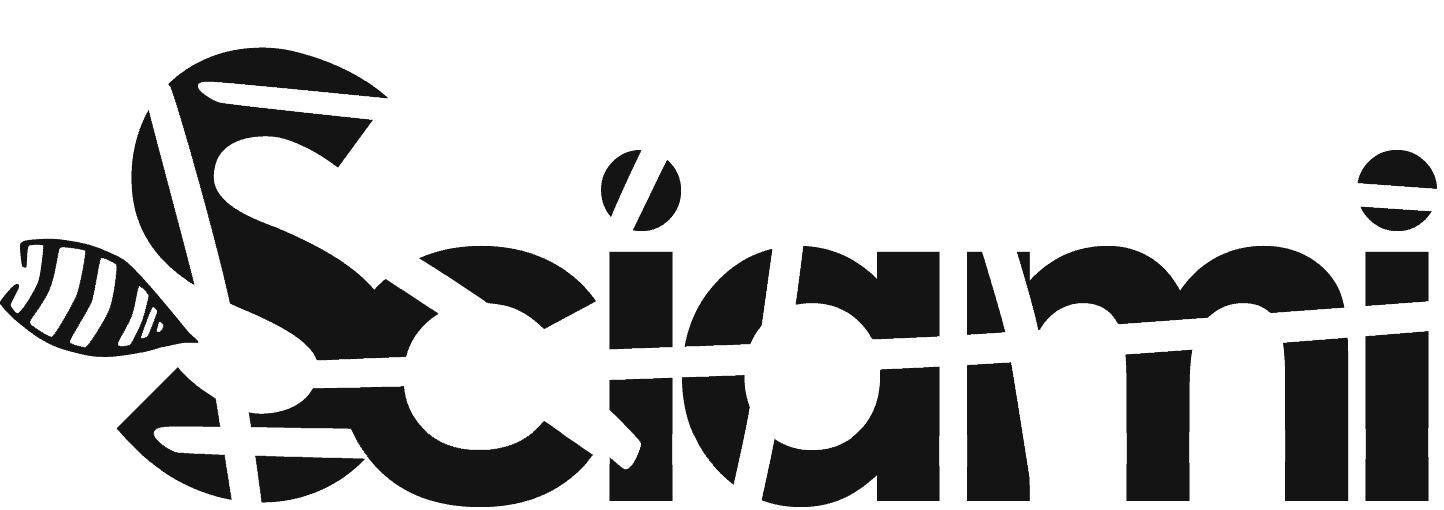The Belgian theatre-dance company Ultima Vez – founded by the director and choreographer Wim Vandekeybus – presented Booty Looting in 2012, at the Venice Biennale Danza. On the stage, a complex and apparently disordered narrative rhapsody, brings into play complementary diegetic coefficients: while a story straddles the real and the imaginary, the dancers become consumed actors, the actors dance and live music fills the empty spaces. But the real beating heart of the show is the photographer, who is entrusted with the delicate task of deciphering the feverish dynamism of the scene to move the public's attention elsewhere, as if to give them a relaxing break from the chaos. The photographic image, taken and reported in real time on the screen at the bottom of the stage, freezes some salient moments of that convulsive movement, almost to break it down anatomically into parts of a 'muybridgian' conception. The photographer, always active during the representation, is an integral part of the story, becoming a performer himself so that his intervention determines the dramaturgical development of the plot. The visual quality of the scene is strongly enhanced by live photographic images, which are often attributable to known visual models. Booty looting literally means stealing what has already been the object of theft, exactly as it happens in the art world, according to the perspective of Vandekeybus. Photography is seen here as an instrument that on the one hand makes it useful to prove the reality of facts, but at the same time declares its ability to lie, to deform memory, to create false memories, to become misleading echoes of experiences actually lived. Between truth and deceit, the photographic image plunders the world and gives us the feeling of being able to know and know it in depth - as Susan Sontag teaches - but it is only a distorted memory that confuses and falsifies the real.
This article is available in: ITA
